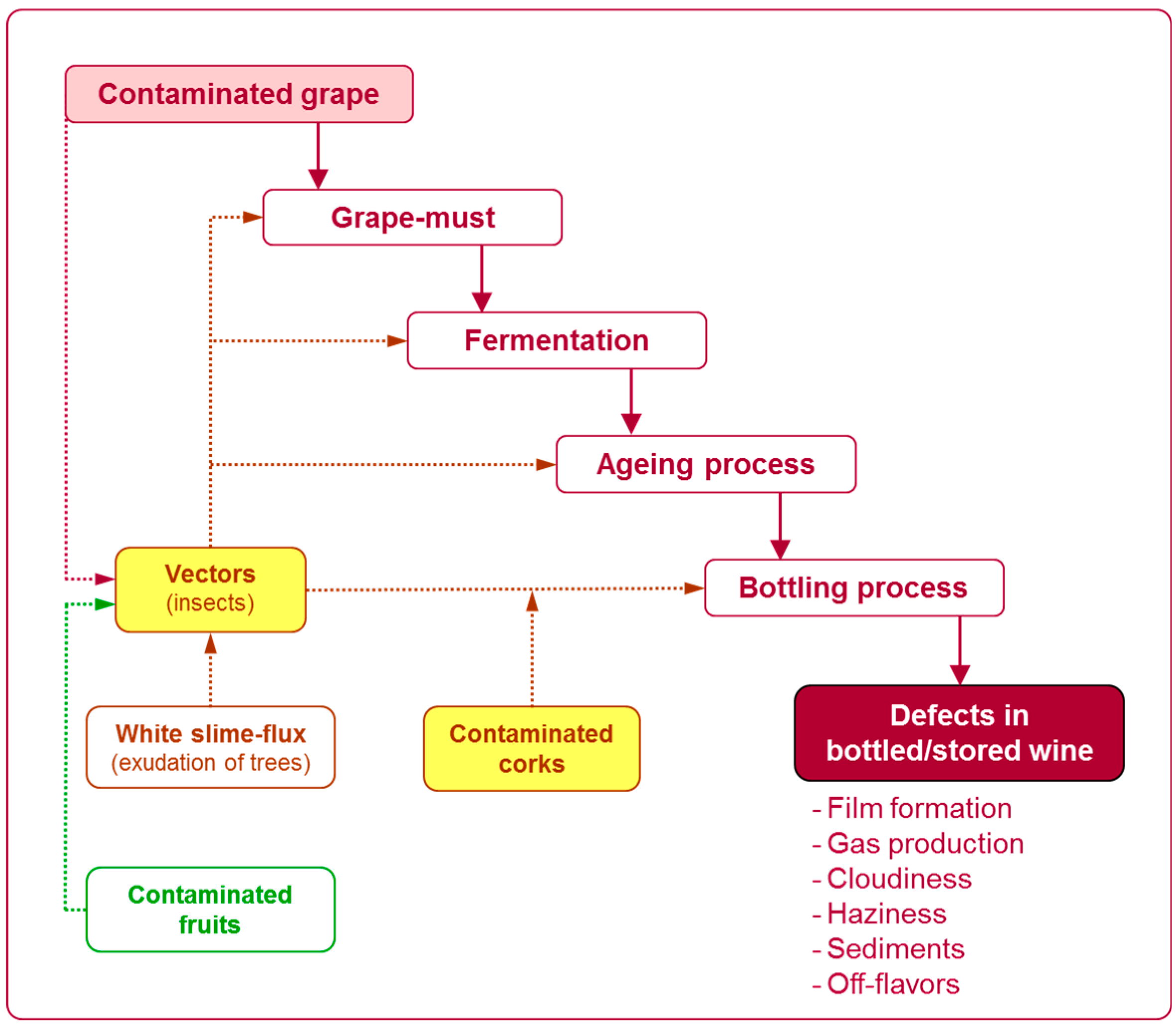


The Charmat method is commonly used and partly responsible for these flavors. Prosecco is generally recognized for its light, floral, fruity, and aromatic notes. That designates greater regulations and superior vineyard zones. Given the huge volume of production and varying quality, if you want to taste the good stuff, look for DOCG labels on bottles. In fact, it was the first area of Italy to be labeled as a sparkling wine region. Subareas of the region designate levels of quality and winemaking restrictions, with the hills of Conegliano Valdobbiadene typically considered among the best. Finally, the ancestral method involves bottling and sealing the wine before it completes its first fermentation, effectively blocking carbon dioxide in the bottle and producing bubbles. The tank (or, Charmat method) simplifies the process by performing the second fermentation in a large pressurized tank before bottling the bubbly wine. Sealed, the carbon dioxide byproduct has nowhere to go, ultimately settling in the wine as bubbles. It entails making a still wine and bottling it with additional sugar to provoke a secondary fermentation in the bottle. The traditional method is often considered the most prestigious (and time-consuming). Each technique highlights different components, creating the nuanced flavors you'll find in any given glass of sparkling wine. The three main fermentation processes we will touch upon in our selection are traditional, tank, and ancestral. The grape varieties in the wine undoubtedly have a large impact, but the method used to develop the bubbles does, too. There are many factors that influence how any wine will taste, and sparkling styles have additional variables that make each unique.


 0 kommentar(er)
0 kommentar(er)
